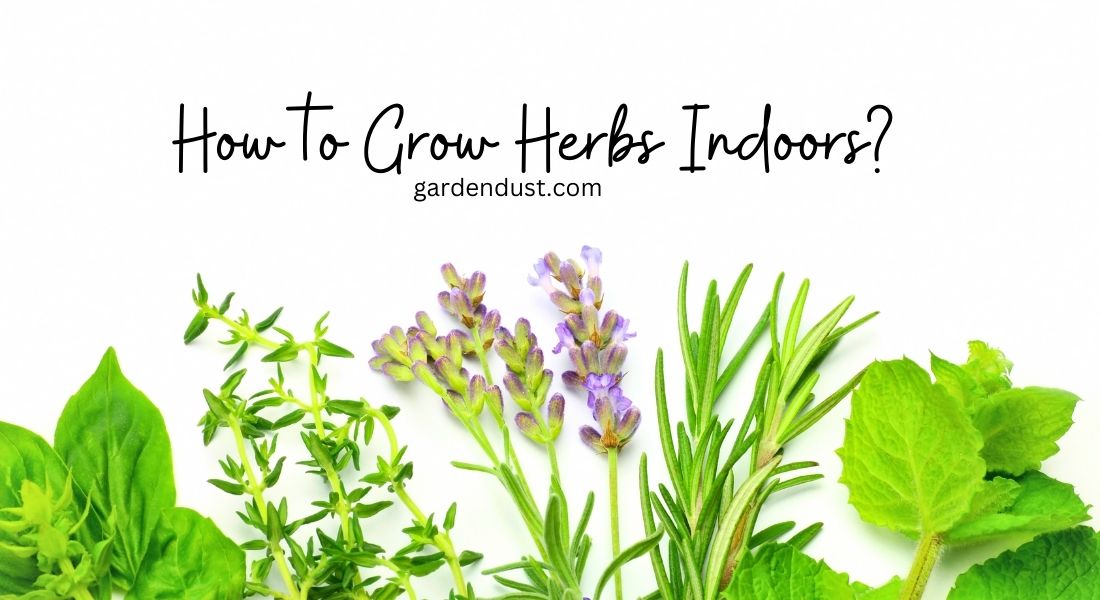Growing herbs indoors can be a fun and rewarding activity that allows you to have fresh herbs right at your fingertips all year round. Herbs are easy to grow and require minimal space, making them a great choice for those with limited outdoor space or who live in apartments or urban areas. In this article, we will discuss some tips on how to grow herbs indoors.
1.Choose the Right Herbs:
The first step in growing herbs indoors is to choose the right herbs. Some herbs, like basil, rosemary, thyme, and mint, are easy to grow indoors, while others may require more specific growing conditions. It is important to choose herbs that will thrive in the conditions you can provide. Also, consider the amount of light, humidity, and space you have available.
2.Choose the Right Container:
When growing herbs indoors, the right container is crucial. Herbs require good drainage, so choose a container with drainage holes at the bottom. The size of the container will depend on the size of the herb you are growing, but in general, a container that is 6-12 inches in diameter should be sufficient. You can use traditional clay pots or opt for more modern containers made of plastic or ceramic.
3.Provide Adequate Light:
Most herbs require at least six hours of direct sunlight each day. If you do not have a south-facing window or live in an area with limited sunlight, consider using grow lights. Grow lights can be purchased at any garden center or online and provide the light spectrum that plants need to grow. Position your plants close to the light source, but not so close that the leaves become scorched.
4.Water Regularly:
Herbs require regular watering, but be careful not to overwater them. Allow the soil to dry out slightly between watering, and be sure to water the soil directly, rather than the leaves. A good rule of thumb is to stick your finger into the soil up to the first knuckle; if the soil feels dry at this depth, it is time to water.
5.Provide Adequate Humidity:
Indoor air can be very dry, which can be detrimental to herb growth. You can increase humidity levels by placing a tray of water near your plants or using a humidifier. Another option is to mist your herbs with water once or twice a day.
6.Fertilize:
Herbs require regular fertilization to maintain their growth and health. Use a liquid fertilizer specifically formulated for herbs, and follow the instructions on the package. In general, herbs should be fertilized every two to three weeks during the growing season.
7.Harvest Regularly:
One of the benefits of growing herbs indoors is the ability to harvest fresh herbs whenever you need them. Regular harvesting also helps to promote growth and bushiness in your plants. When harvesting, be sure to use sharp scissors or pruning shears and cut just above a node, which is where a leaf attaches to the stem.
Growing herbs indoors can be a fun and rewarding activity that allows you to have fresh herbs right at your fingertips all year round. By choosing the right herbs, providing adequate light, water, humidity, and fertilization, and harvesting regularly, you can successfully grow herbs indoors. With a little bit of effort, you can enjoy the taste and aroma of fresh herbs in your home-cooked meals. Happy gardening…..






